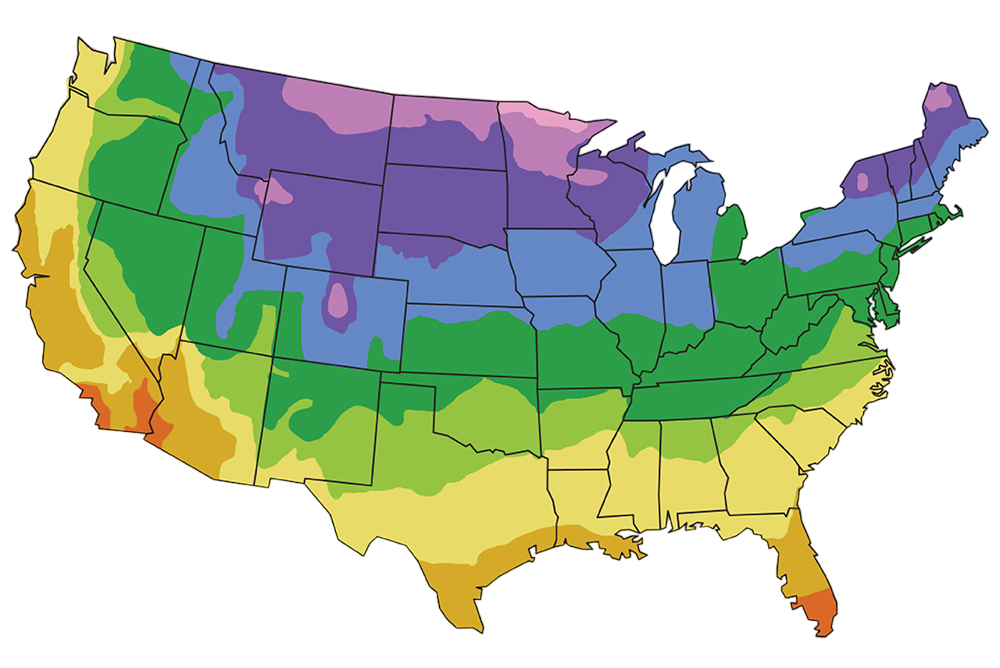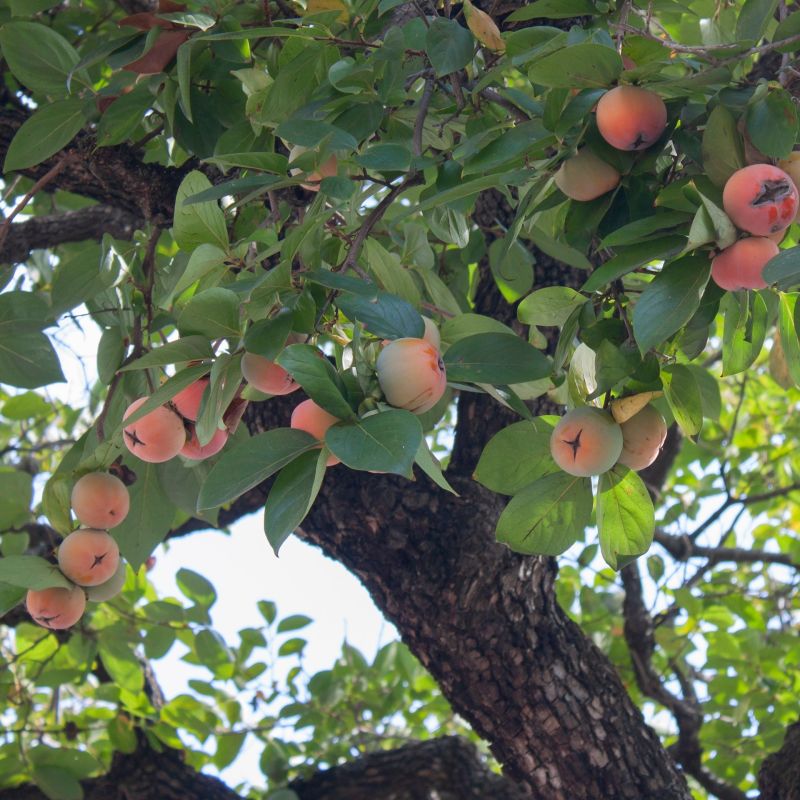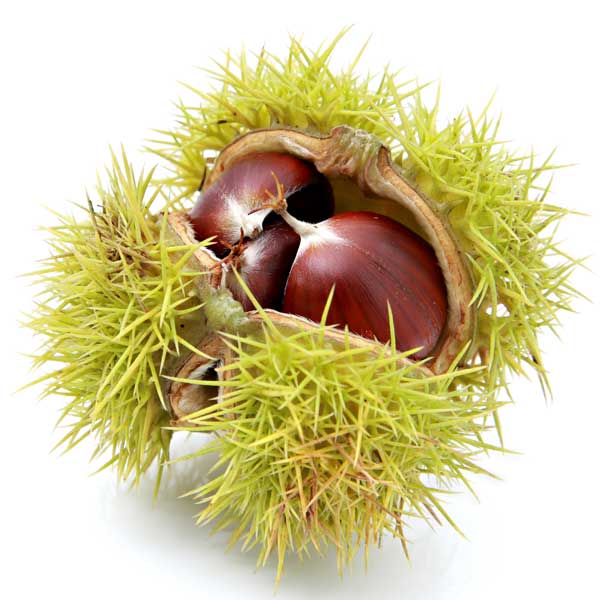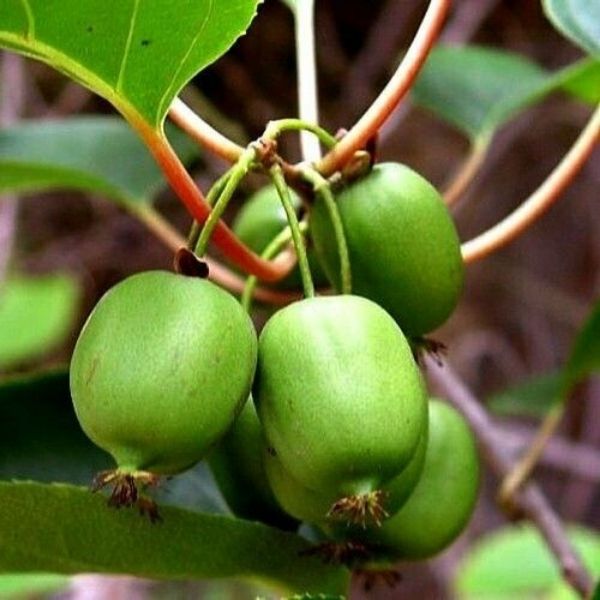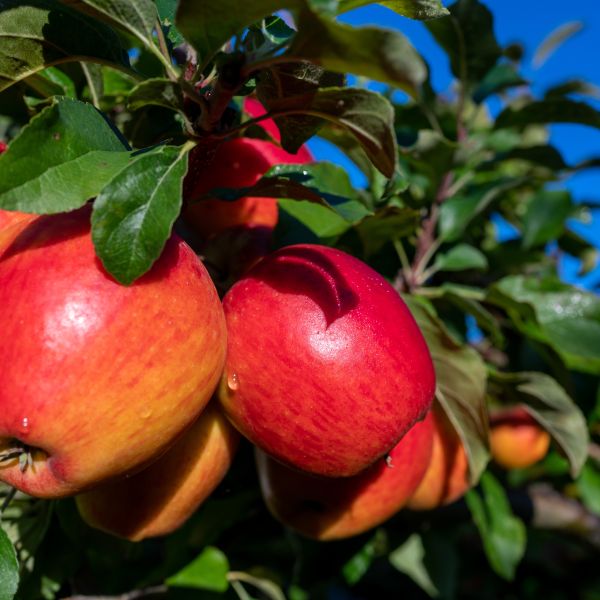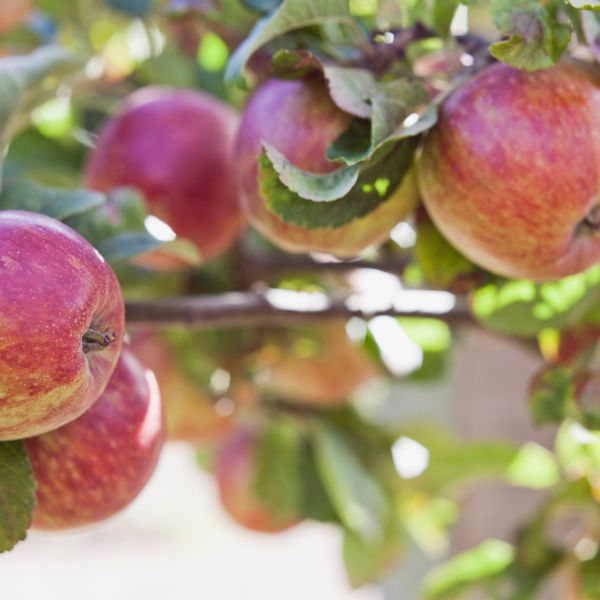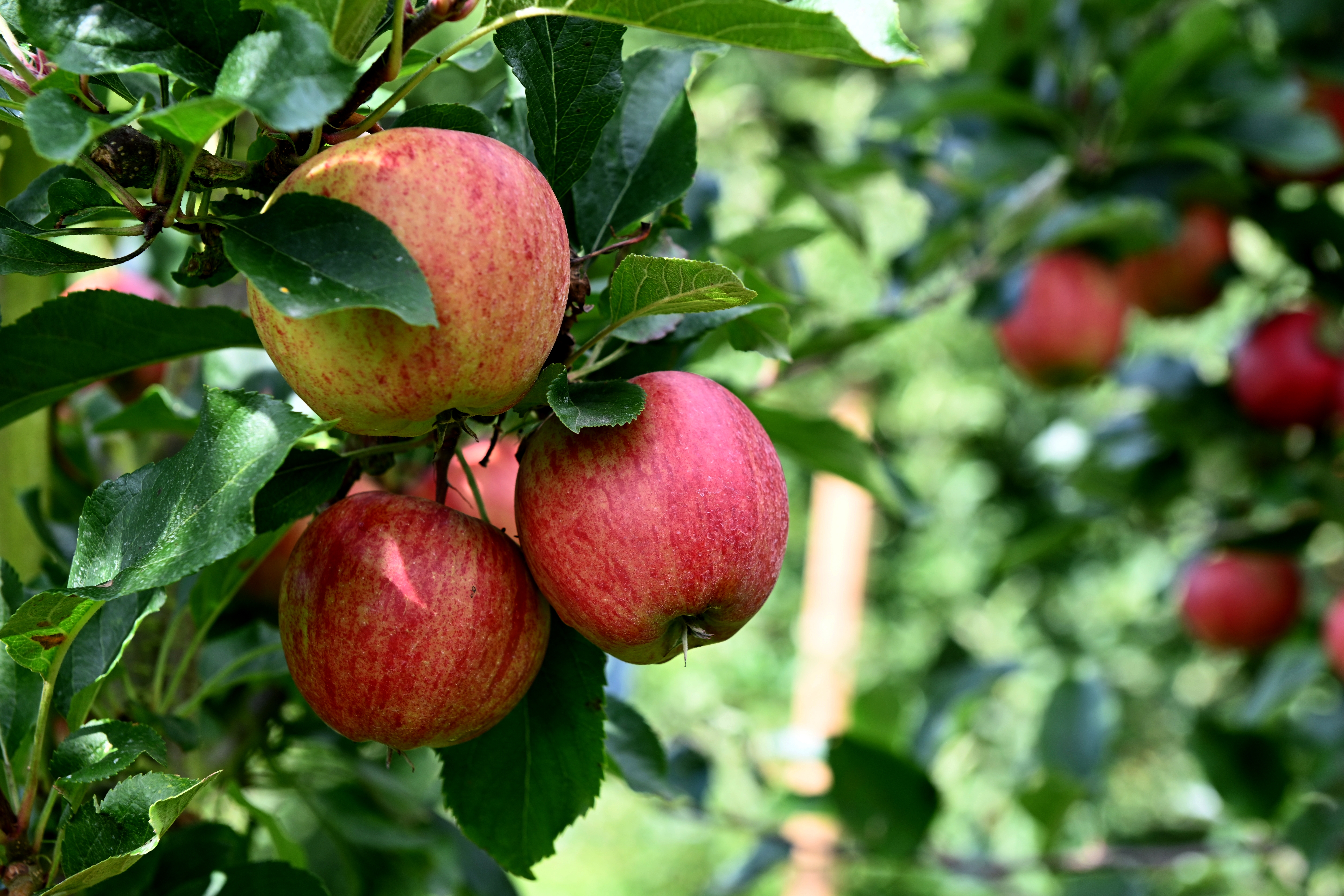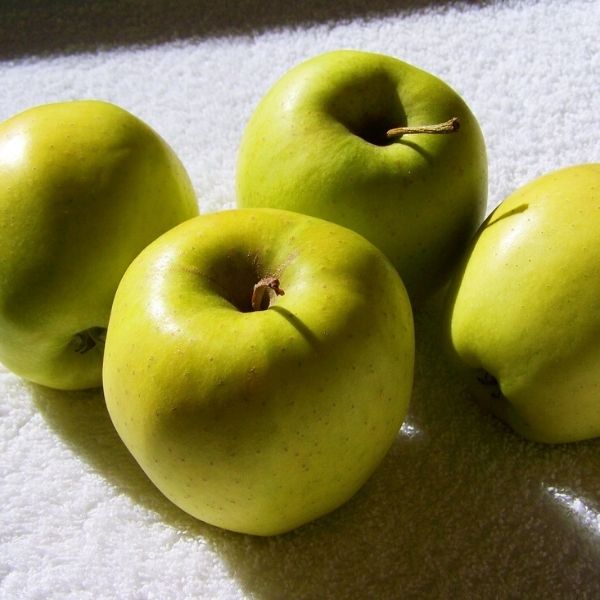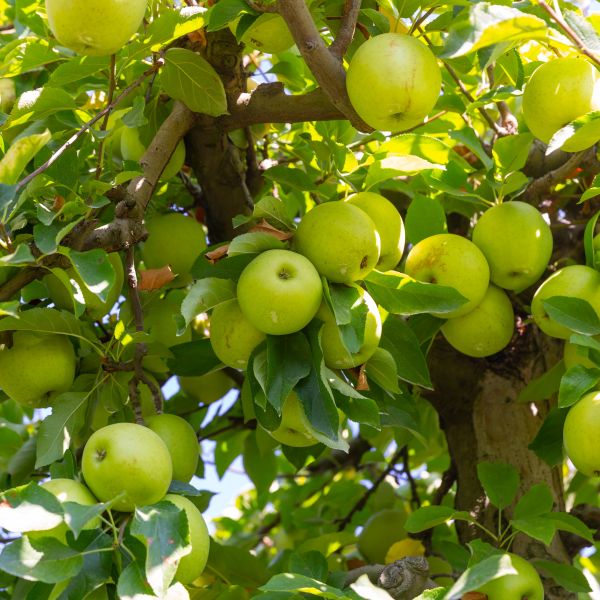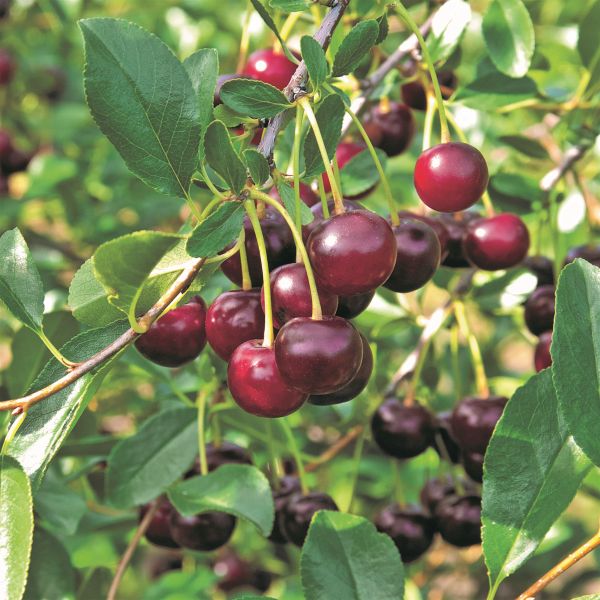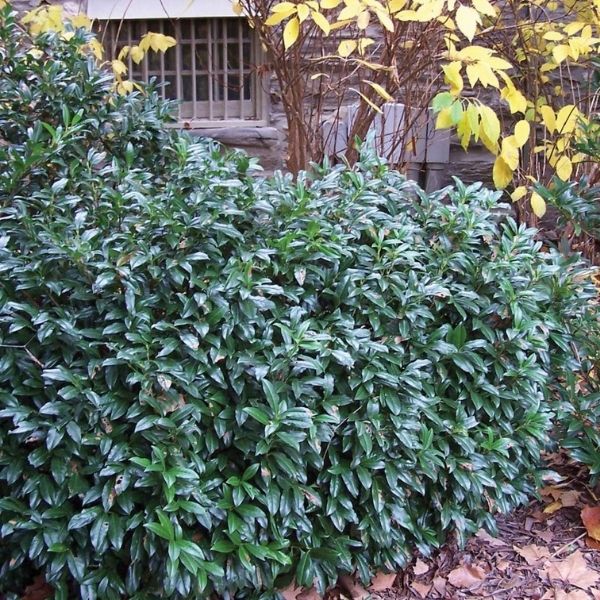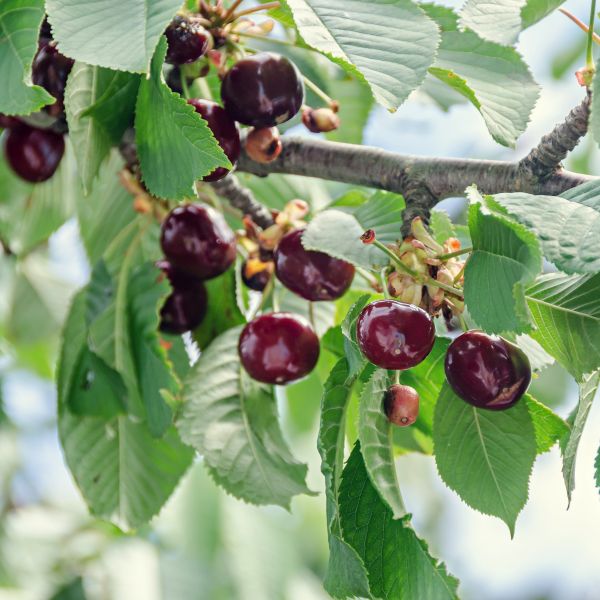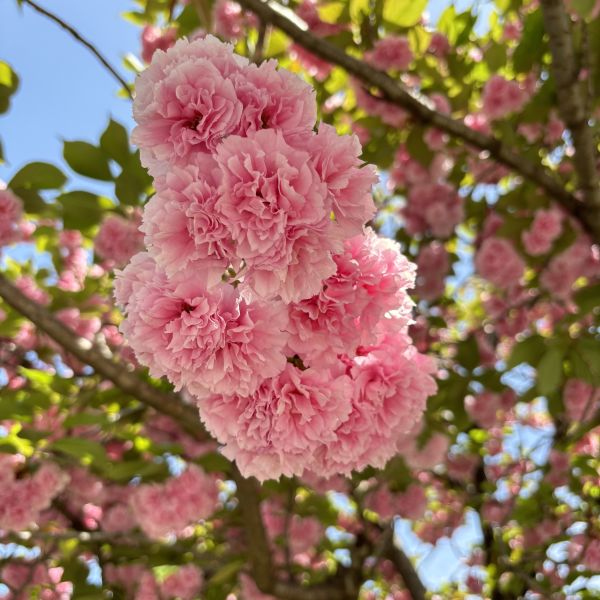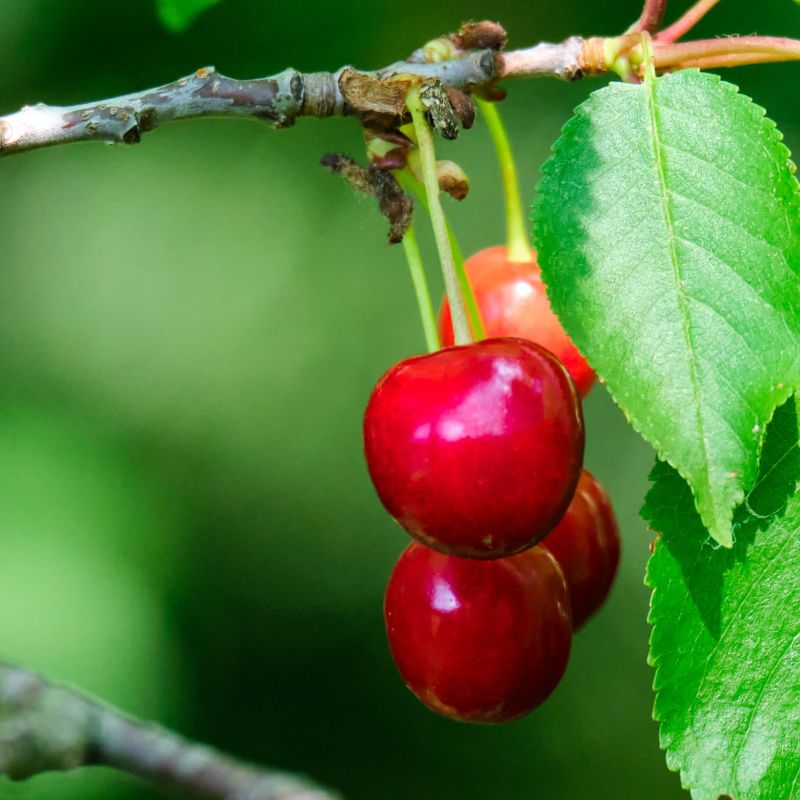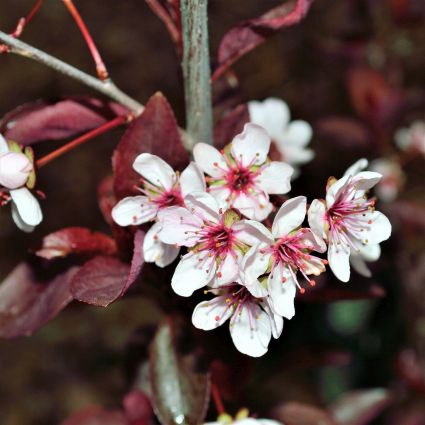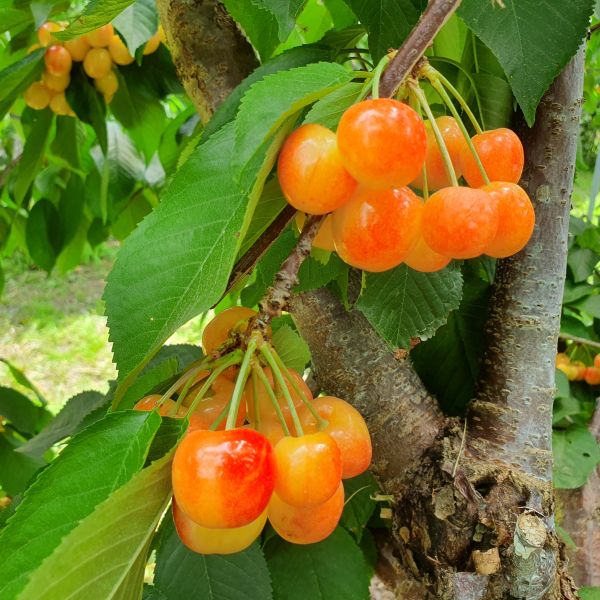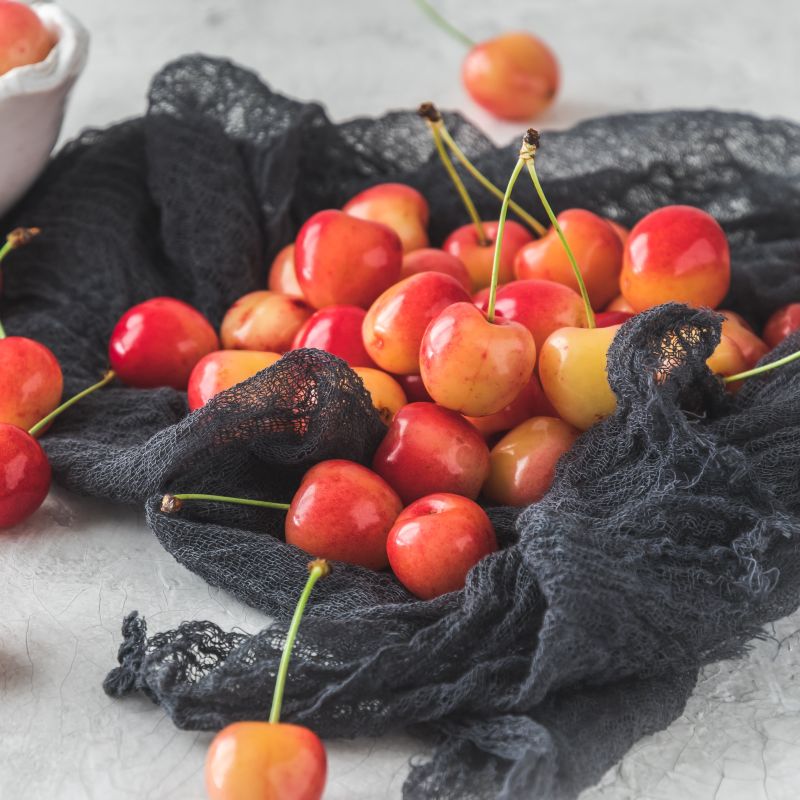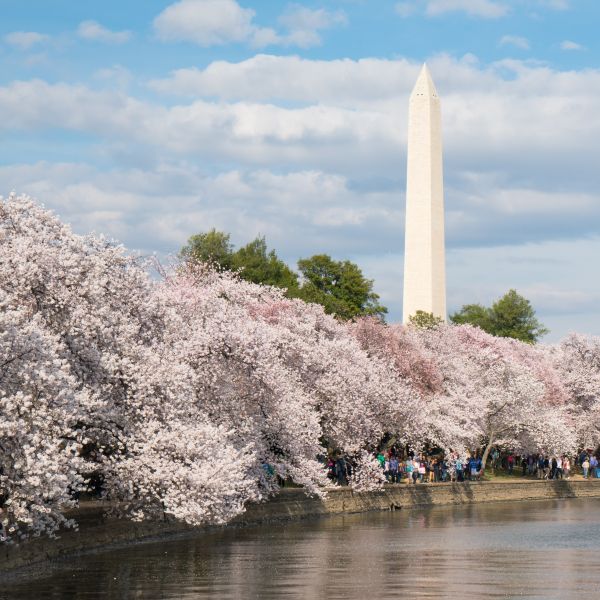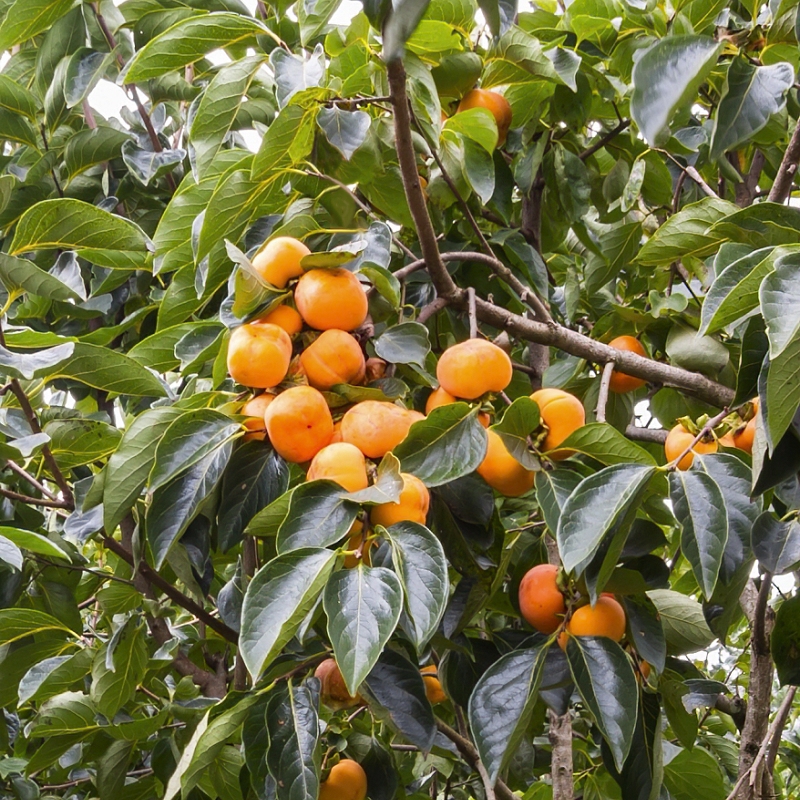
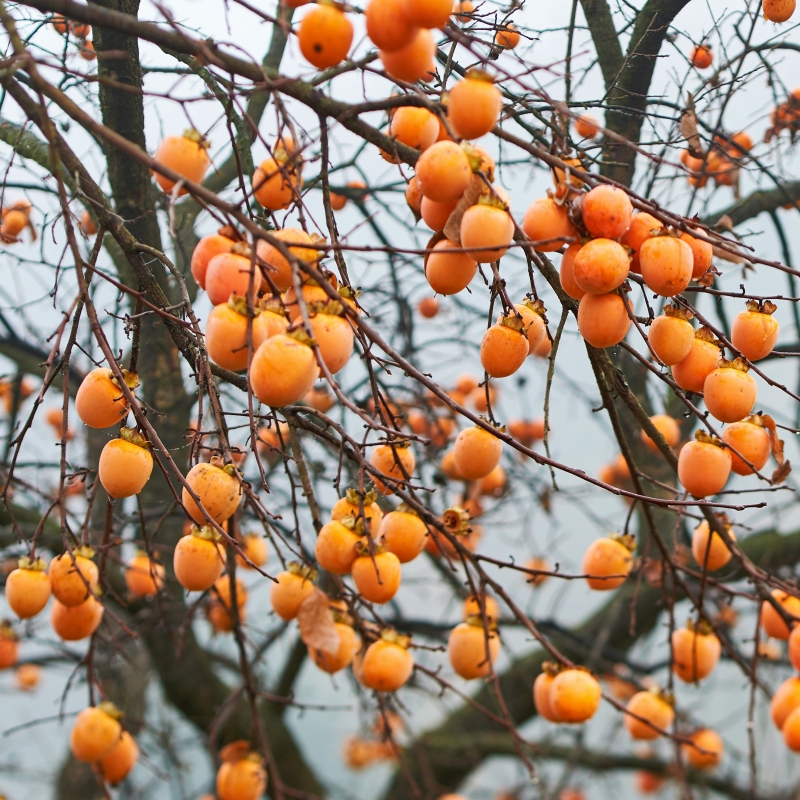

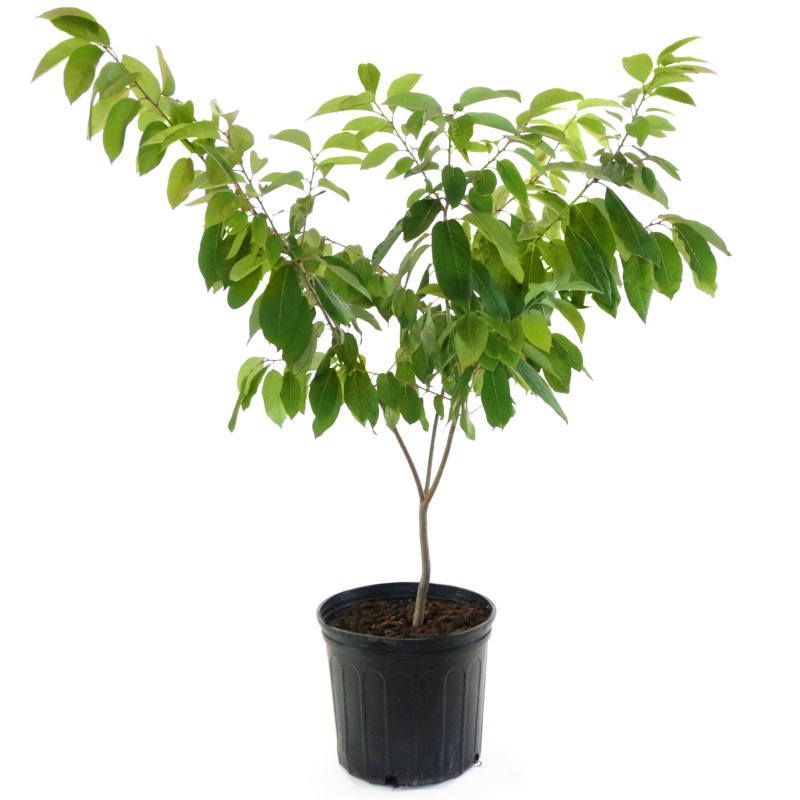
Native Persimmon Tree
Diospyros virginiana Native Persimmon
16 reviews
Native Persimmon Tree
Diospyros virginiana Native Persimmon
16 reviews
- Produces delicious and sweet fruit that can be eaten fresh or used in baking recipes
- Tolerant of various soil types and drought conditions, making it a low maintenance tree
- Attracts wildlife such as birds and deer, adding to the biodiversity of your garden
- Recommended by landscape designers for optimal fit in real yards
$90.00
$129.00
30% Off
- Ships to 43215 in 3-5 Days
- Free Shipping Over $150
- Plant Arrival Guarantee
- In Stock
- Free Plant Consult
$200 - Landscape-Approved: Every Plant We Sell Comes With Design Expertise Behind It
Trade 3 Gallon
We are sorry, product is currently out of stock due to seasonal availability. Please check the "Related plants available in your area" section below
Not just beautiful - intentionally selected by ShrubHub's 3D landscape design team to fit real-world spaces and maximize yard potential.
Why Native Persimmon Tree?
The Native Persimmon tree, also known as Diospyros virginiana, is a small to medium-sized tree native to North America. It is prized for its delicious orange fruit that ripens in the fall and has a unique sweet flavor. The wood of the tree is also valuable for woodworking due to its strength and durability. The tree provides food and habitat for wildlife, making it an important part of the ecosystem.
Related plants available in your area
Sunlight
Native Persimmon Trees require full sun to partial shade to thrive. They do best in areas with at least six hours of direct sunlight per day. If planted in a shaded area, they may not produce as much fruit or grow as vigorously.
Watering
Native Persimmon Trees require regular watering during their establishment period, typically the first one to two years after planting. Once established, they are drought-tolerant and only need watering during prolonged dry spells. However, they benefit fr
Fertilizing
Native Persimmon Trees require a balanced fertilizer with an N-P-K ratio of 10-10-10. Fertilize in early spring before new growth appears, and again in early summer if needed. Avoid excessive nitrogen as it can promote excessive vegetative growth and reduc
Native Persimmon Tree (Diospyros virginiana)
The Native Persimmon Tree, also known as Diospyros virginiana, is a deciduous tree native to North America. It is a smaller tree, typically reaching heights of 30-40 feet with a spread of 20-30 feet. The tree has a rounded crown and glossy green leaves that turn yellow, orange, or red in the fall.
One of the most striking features of the Native Persimmon Tree is its fruit. The persimmons produced are small, round, and orange when ripe. They have a sweet and rich flavor that is often enjoyed fresh or used in baking. The fruit is a favorite among wildlife, attracting birds and other animals to the tree.
In addition to its ornamental value and delicious fruit, the Native Persimmon Tree is also valued for its hard, dense wood. The wood is used in woodworking for items such as golf club heads, flooring, and furniture.
This tree is relatively low maintenance and can thrive in a variety of soil types, though it prefers well-drained soil. It prefers full sun to partial shade and is drought-tolerant once established.
Overall, the Native Persimmon Tree is a beautiful and versatile tree that can add beauty, wildlife interest, and delicious fruit to your landscape.
Plant Information:
| Botanical Name: | Diospyros virginiana Native Persimmon |
| USDA Zones: | 4 - 9 |
| Mature Height: | 60 ft |
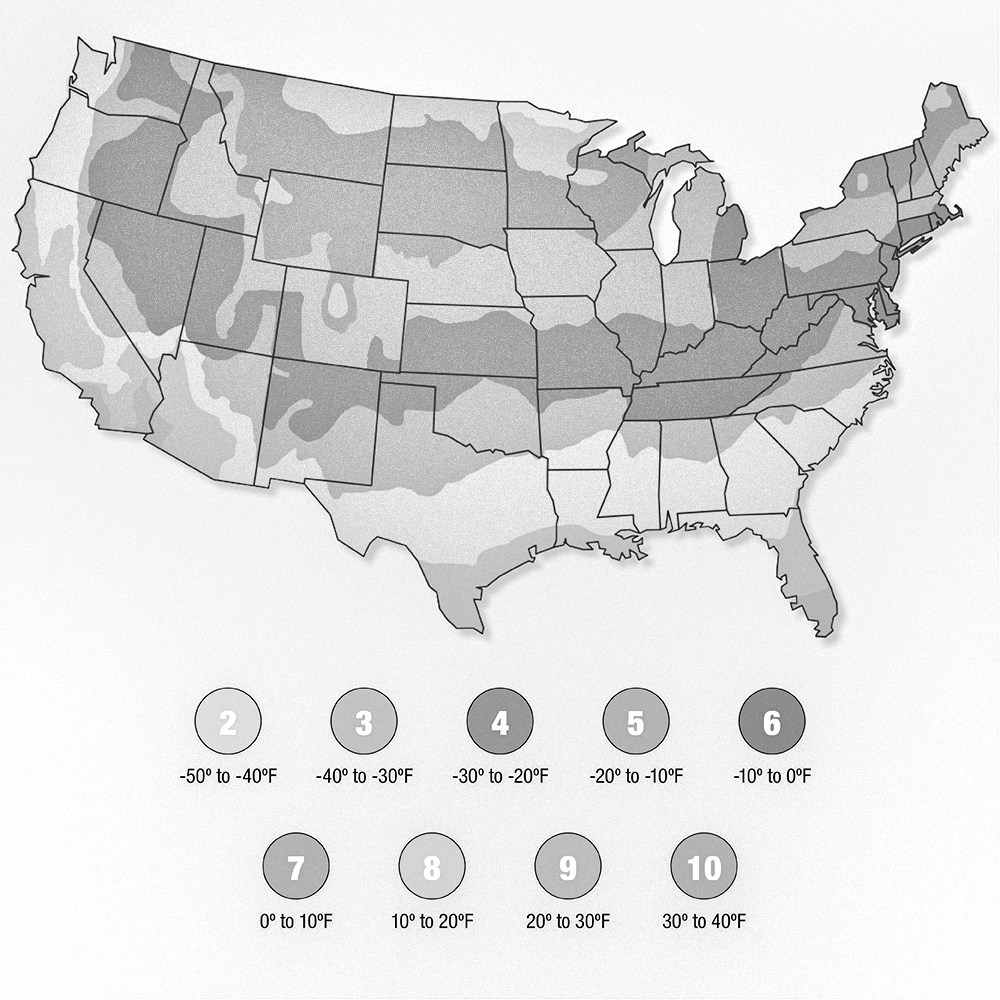
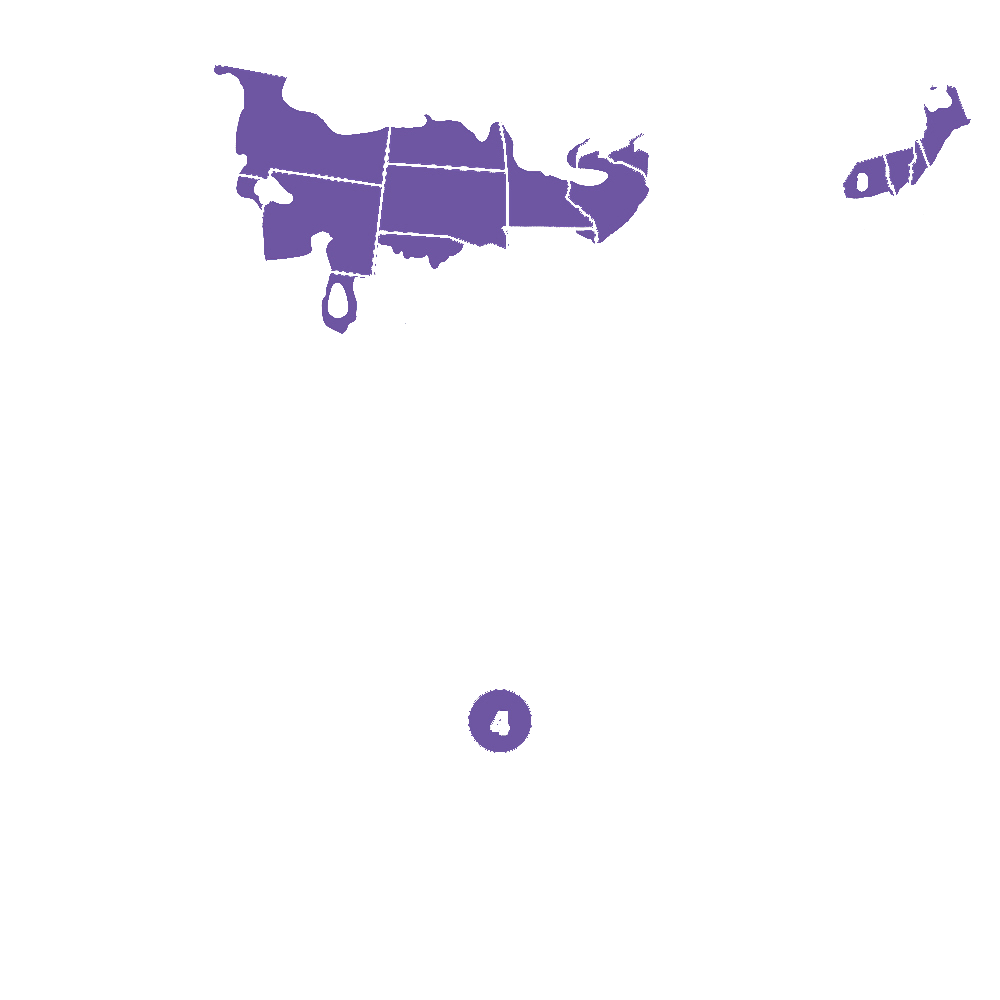
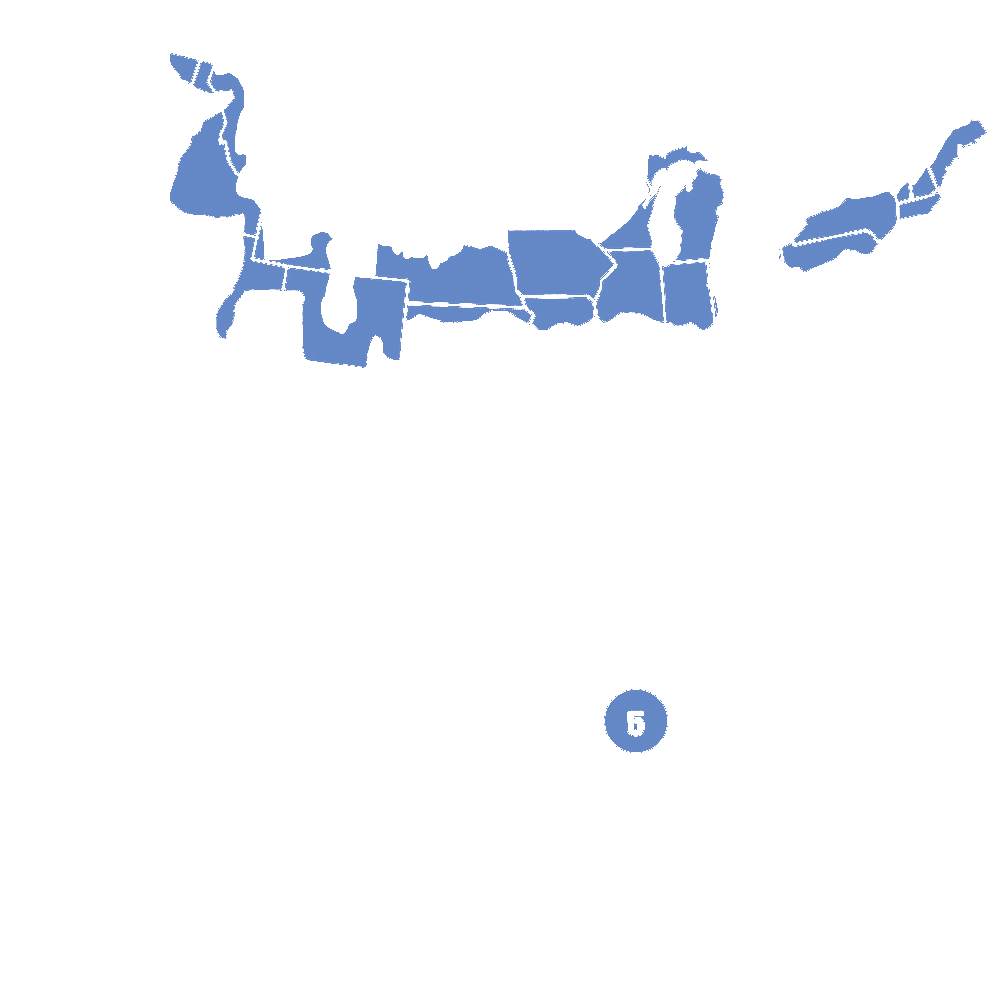
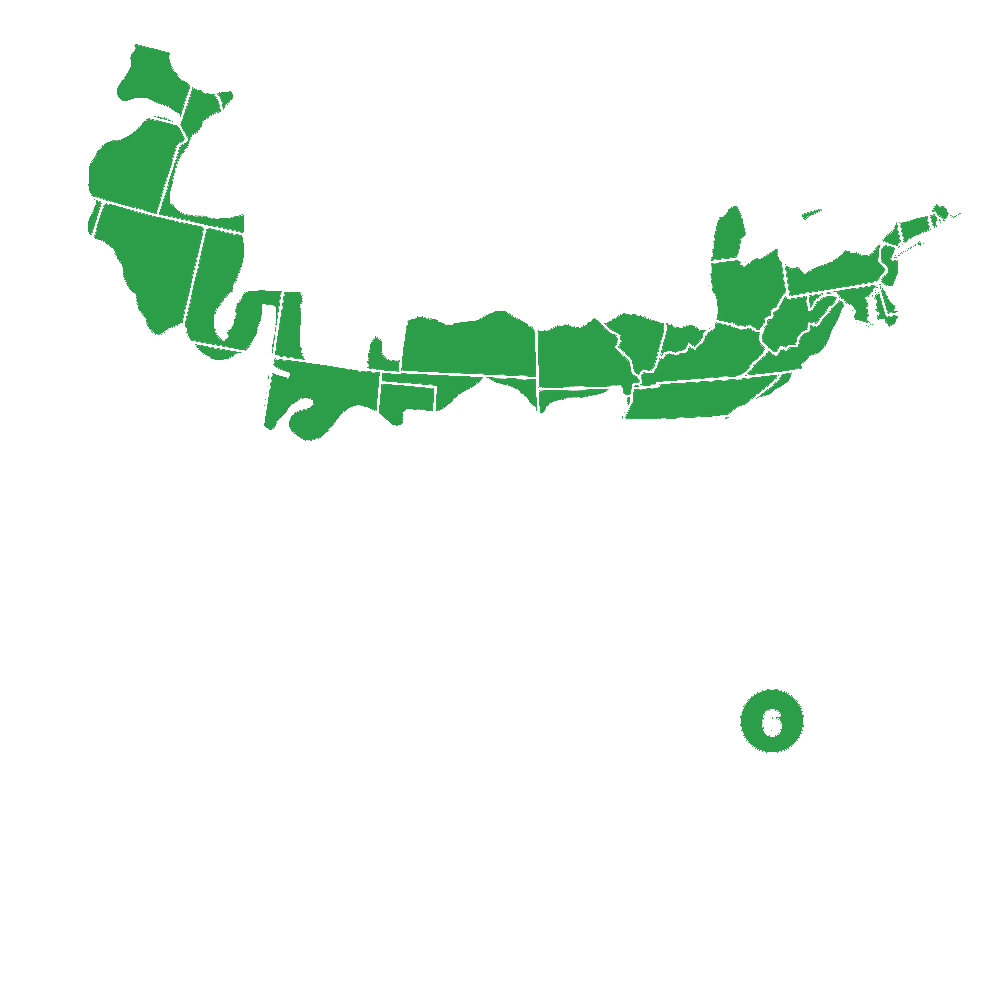
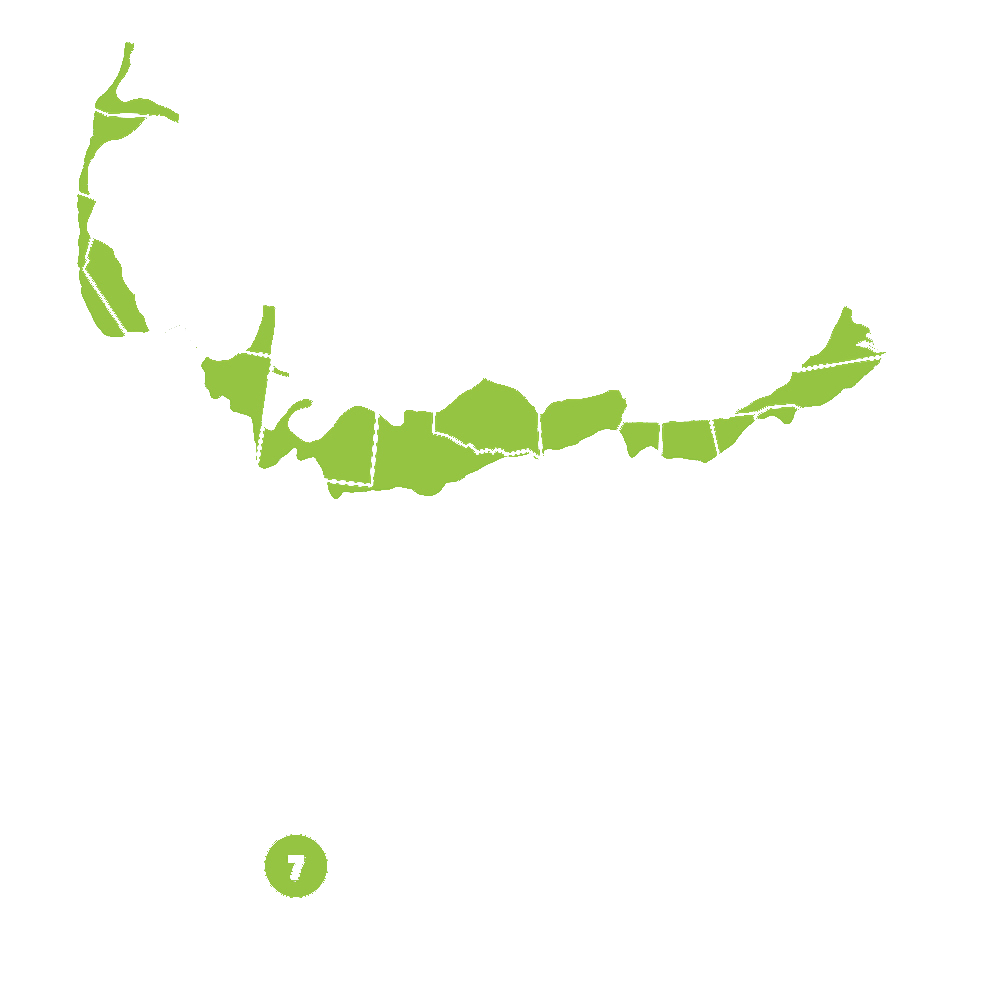

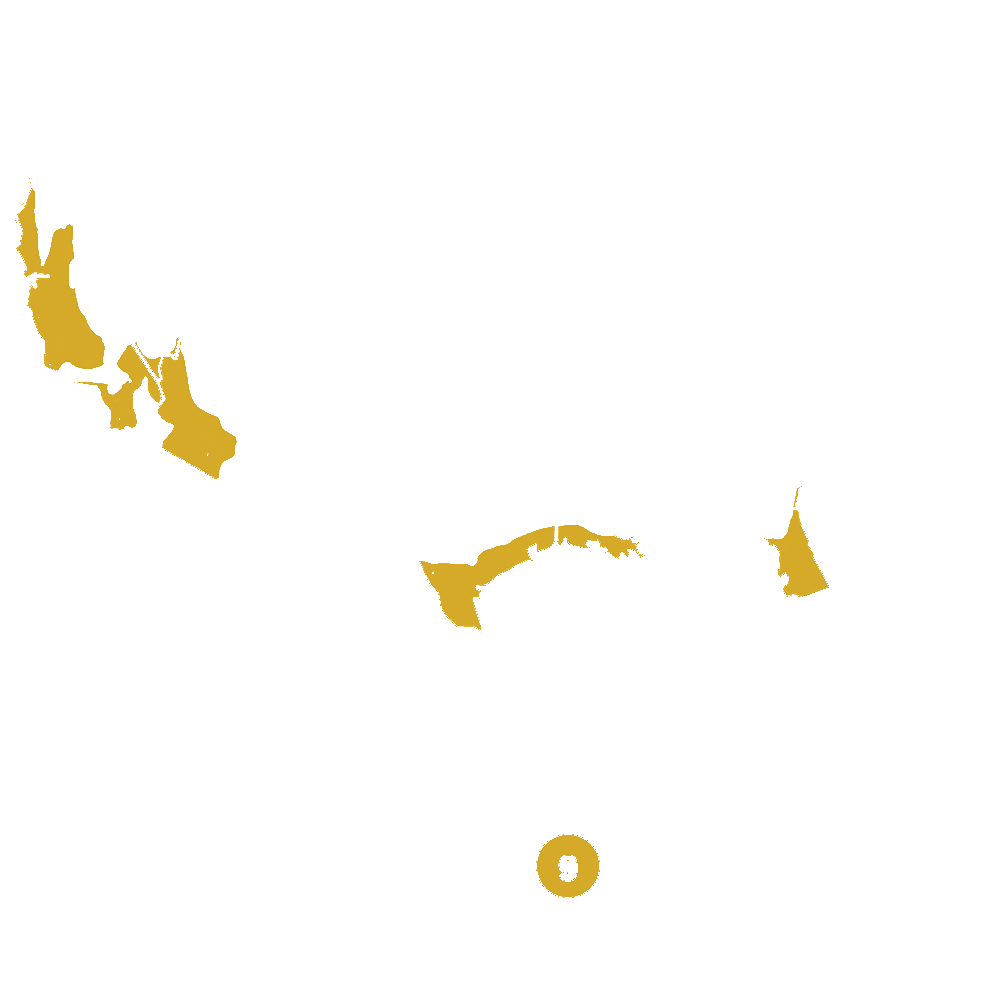
Pollination Info
Pollination Information for Native Persimmon Tree (Diospyros virginiana)
The native persimmon tree is a dioecious species, meaning individual trees are either male or female. The female trees produce fruit, while the male trees produce pollen. In order for the female trees to bear fruit, they must be pollinated by the male trees.
Pollination Method
Native persimmon trees are primarily pollinated by insects, particularly bees and wasps. These insects visit the flowers of the tree to collect nectar and inadvertently transfer pollen between male and female flowers.
Pollination Timing
The flowering season for native persimmon trees typically occurs in late spring to early summer. It is essential for the male trees to be in bloom at the same time as the female trees to ensure successful pollination.
Pollination Success Factors
- Presence of both male and female trees in close proximity
- Healthy population of pollinating insects
- Optimal weather conditions during flowering season
Hand Pollination
If there are not enough male trees in the vicinity to pollinate the female trees, hand pollination can be done by collecting pollen from a male tree and applying it to the stigma of a female flower using a small brush or cotton swab.
Importance of Pollination
Successful pollination is crucial for fruit production in native persimmon trees. Without proper pollination, the female trees will not be able to produce fruit. Additionally, pollination helps ensure genetic diversity within the population of persimmon trees.
FAQ
Native Persimmon Tree FAQ
What is a Native Persimmon Tree?
The Native Persimmon Tree, also known as Diospyros virginiana, is a small to medium-sized deciduous tree that bears edible fruit. It is native to North America and can be found in forests, fields, and along riverbanks.
When do Native Persimmon Trees fruit?
Native Persimmon Trees typically bear fruit in the late summer to early fall, usually starting in September. The fruit ripens to a deep orange color and is sweet and flavorful when fully ripe.
How tall do Native Persimmon Trees grow?
Native Persimmon Trees can grow to be anywhere from 20 to 60 feet tall, depending on growing conditions and care. They have a rounded crown and dark, furrowed bark.
Do Native Persimmon Trees require special care?
Native Persimmon Trees are generally low-maintenance once established. They prefer well-drained soil and full sun to partial shade. Regular watering, especially during dry periods, can help promote healthy growth and fruit production.
Are the fruits of the Native Persimmon Tree edible?
Yes, the fruits of the Native Persimmon Tree are edible and can be eaten fresh or used in cooking and baking. The fruit is best when fully ripe, as unripe persimmons can be astringent and unpleasant to eat.
Are Native Persimmon Trees susceptible to pests or diseases?
Native Persimmon Trees are relatively resistant to pests and diseases, although they may be susceptible to certain fungal infections and insect infestations. Regular inspection and proper care can help prevent these issues.
Planting & Care
Planting & Care for Native Persimmon Tree
Planting: Native Persimmon trees should be planted in well-drained soil and in a location that receives full sun. Plant the tree in the early spring or fall for best results. Dig a hole that is as deep as the root ball and twice as wide. Place the tree in the hole, making sure the top of the root ball is level with the ground. Fill in the hole with soil, tamp it down gently, and water the tree thoroughly.
Watering: Keep the soil around the tree consistently moist, especially during the first year of growth. Water the tree deeply once a week, or more often during hot and dry weather.
Pruning: Prune the tree in the late winter or early spring to remove any dead, damaged, or crossing branches. This will help promote healthy growth and improve air circulation around the tree.
Fertilizing: Fertilize the tree in the early spring with a balanced fertilizer to promote healthy growth. Follow the instructions on the fertilizer package for best results.
Pest Control: Keep an eye out for common pests such as aphids and scale insects, which can damage the tree. Use insecticidal soap or neem oil to control these pests, following the instructions on the product label.
Harvesting: Native Persimmons typically ripen in the fall. Harvest the fruit when it is fully ripe and has turned a deep orange color. The fruit can be eaten fresh or used in baking and cooking.
By following these planting and care tips, you can enjoy a healthy and productive Native Persimmon tree in your yard.
Check Out These Verified Customer Reviews:
Customer Reviews
4.7 out of 5 based on 16 reviews
Thank you! Your review has been submitted.
Top quality persimmon tree, very satisfied
Smooth website experience, easy to navigate
Customer service was responsive and helpful when I had a query about caring for my Persimmon tree. Very satisfied.
Item has been added to your cart.

